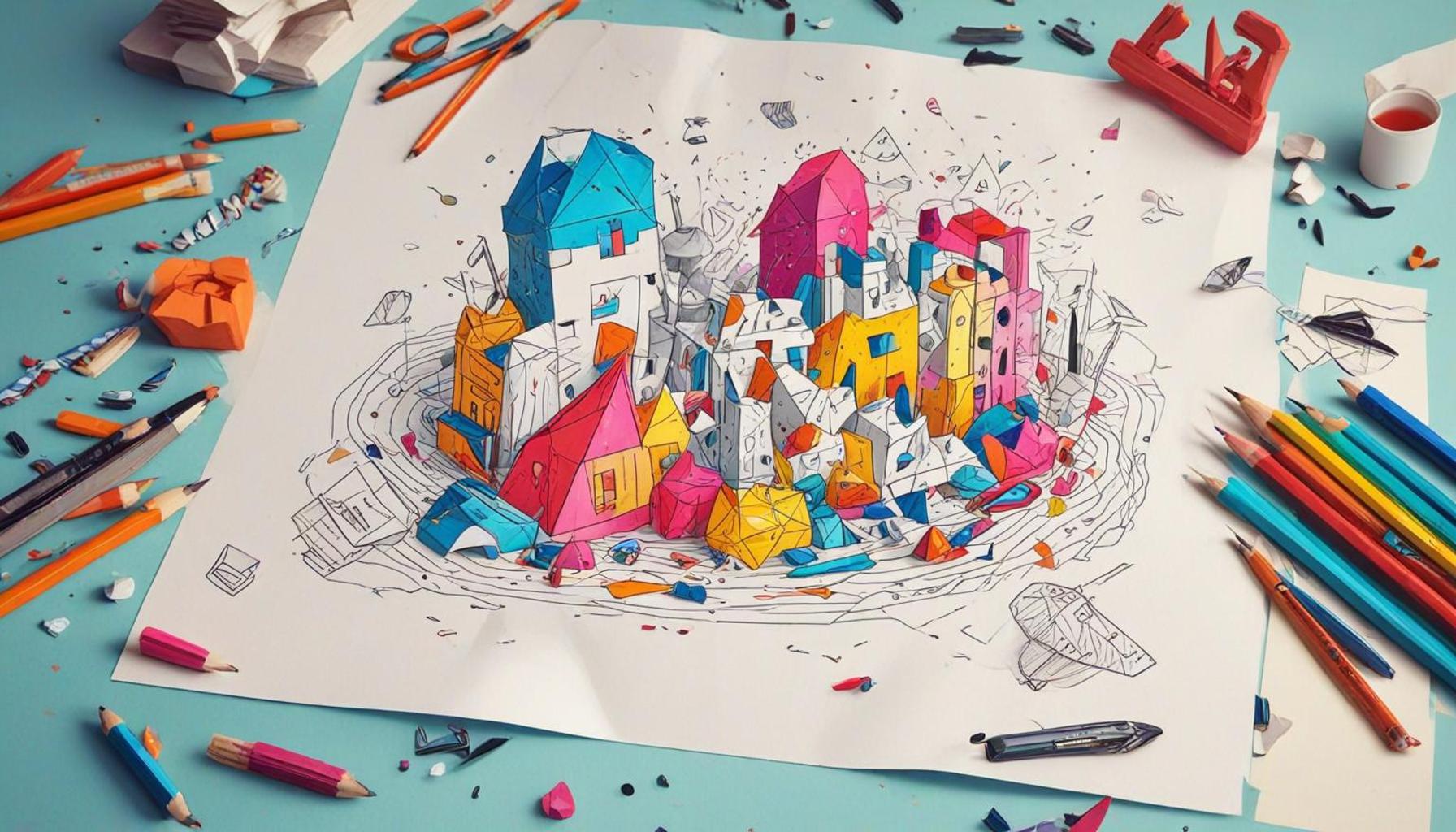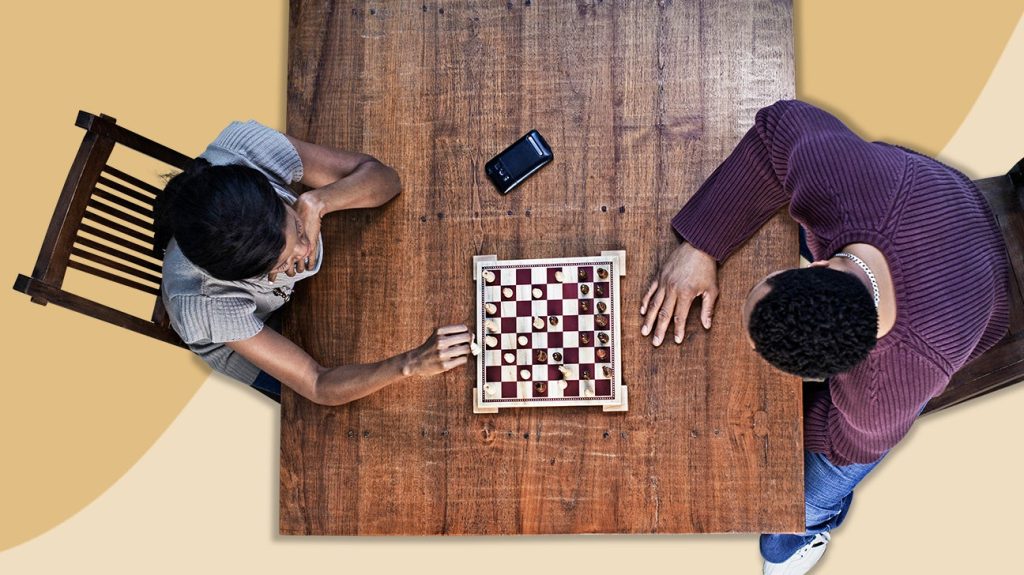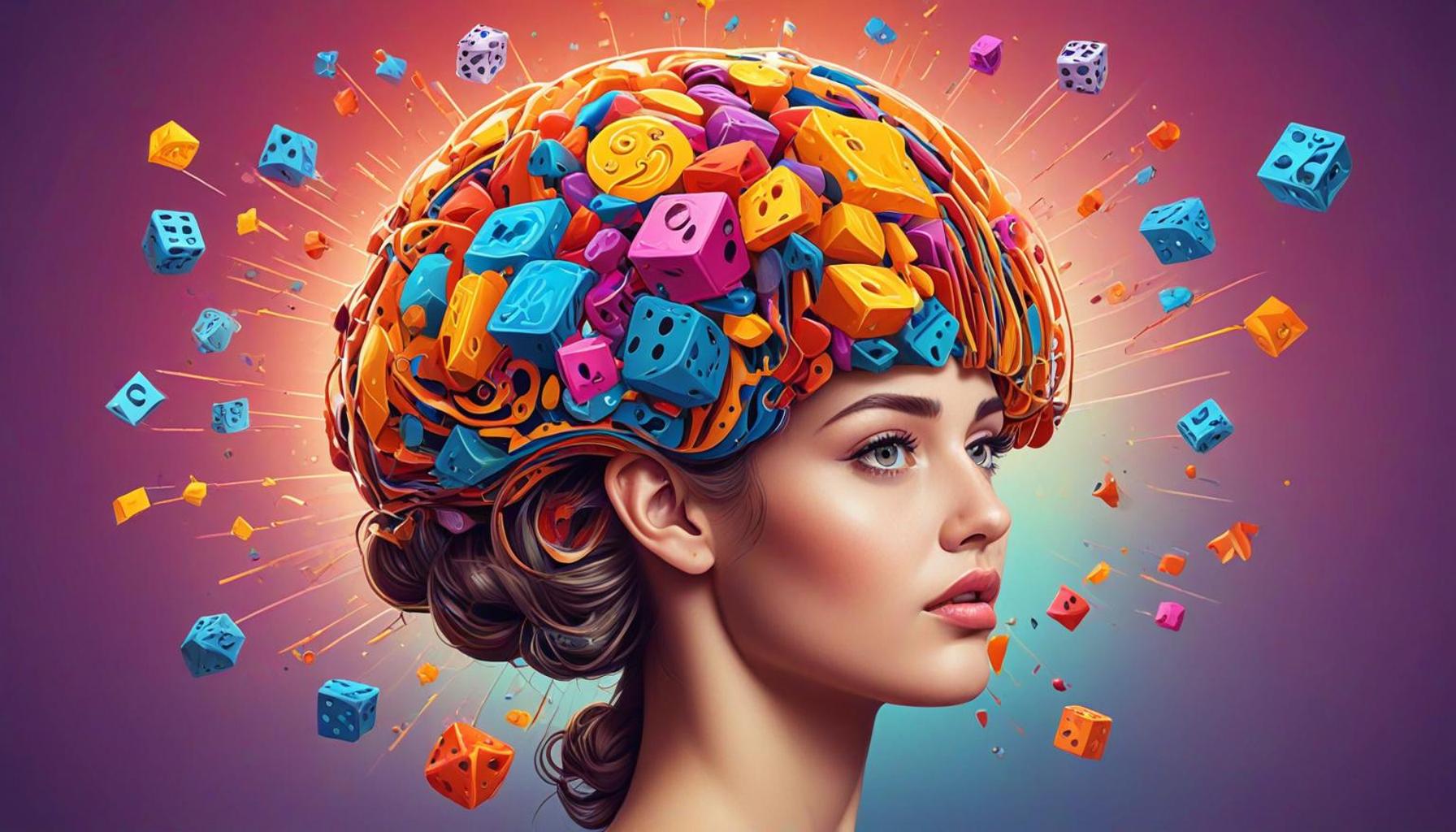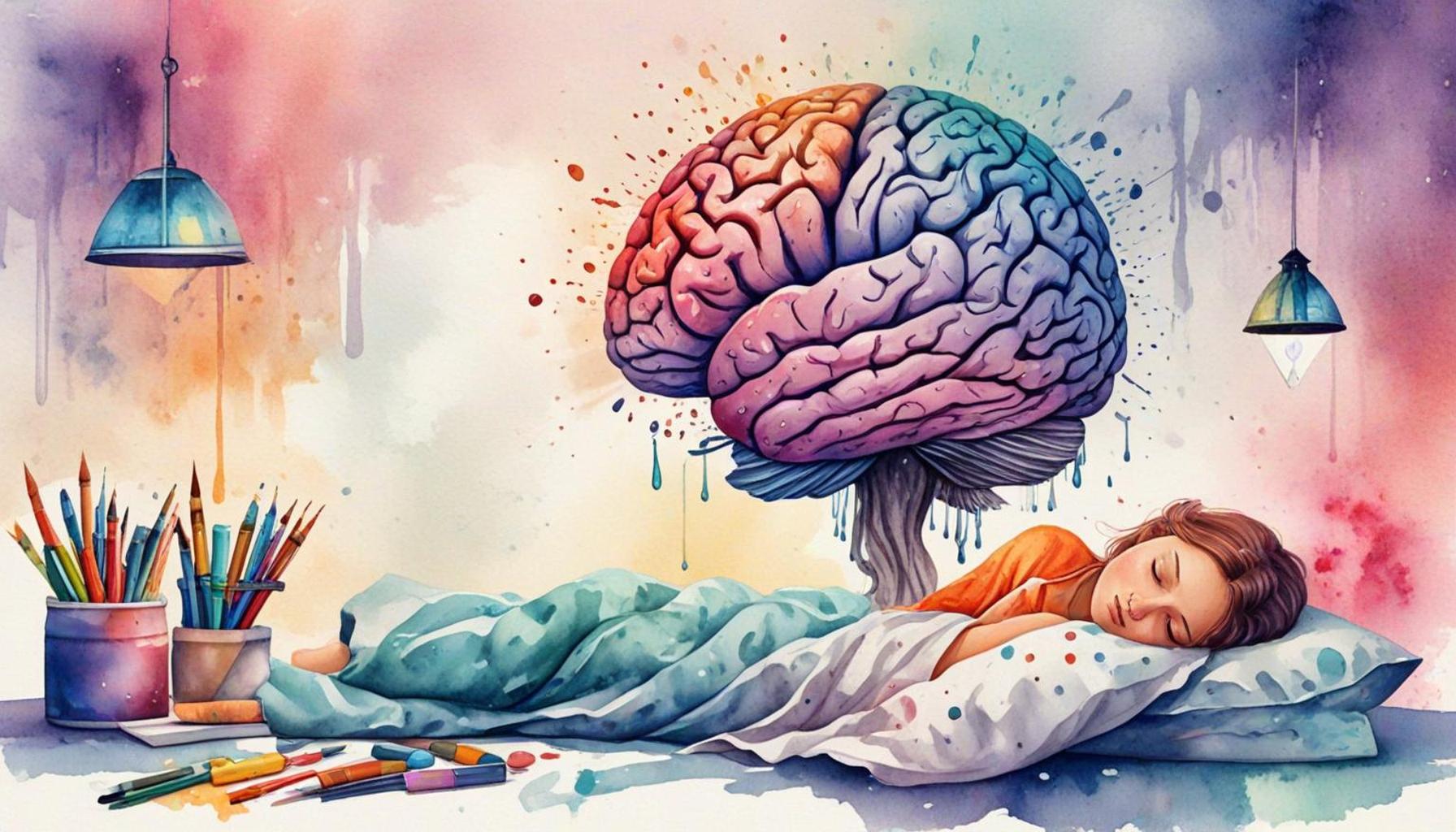Create Brain Games With Paper Pencil DIY Mind Challenge Guide

Why Engage Your Mind with DIY Brain Games?
In today’s fast-paced world, keeping our minds sharp is more important than ever. Brain games offer a fun and engaging way to boost cognitive skills, enhancing memory, reasoning, and overall mental agility. The added benefit? You can get started with just a paper and a pencil. The simplicity of these materials fosters creativity while challenging your intellectual prowess.
Creating your own brain challenges offers numerous advantages that make it an appealing activity for individuals of all ages. One of the most striking benefits is its inexpensive nature. For many in Nigeria, where resources may sometimes be limited, purchasing a crossword puzzle or a Sudoku book might not be feasible. However, with just basic stationery, the possibilities are endless. You can make customized puzzles, word searches, and other engaging challenges without incurring significant costs.
Another compelling reason to explore DIY brain games is customizability. You possess the power to tailor the complexity of the games based on personal interests and skill levels. For instance, if you enjoy geography, you could create a map quiz or a trivia challenge focused on African countries. This personalized touch not only caters to your interests but also promotes a deeper engagement as you immerse yourself in your creation.
Moreover, many activities can spark social engagement. Consider inviting friends or family members to join in on the fun; this transforms solitary gameplay into an exciting competition. You can host a game night where participants solve puzzles, complete mazes, or race to find words in a word search, fostering camaraderie and shared laughter.
Whether you are nestled in a bustling café in Lagos or enjoying a serene afternoon in a quiet village, DIY mind challenges can be a delightful pastime. The appeal of creating brain games lies in its accessibility—not only can you conjure up crossword puzzles that tickle your vocabulary, but you can also design logic games that enhance problem-solving skills for your siblings. The possibilities are truly endless, and they can be a great way to engage your mind in a relaxing manner.

This guide will delve into various paper and pencil games you can create at home. Get ready to sharpen those pencils and unleash your creativity as we explore techniques that transform simple materials into thrilling mental workouts. Your brain will thank you, leading to increased cognitive performance, enhanced memory retention, and possibly even a heightened sense of community in your social circles! Jump in, and discover just how captivating and enriching DIY brain games can be.
SEE ALSO: Click here to read another article
Getting Started: Essentials for Your DIY Brain Games
Equipping yourself with the right tools is the first step towards creating impressive brain games with just paper and pencil. The good news is that you probably already have most of what you need at home or can easily acquire them. Here’s a brief guide to the essentials:
- Paper: Plain paper, lined notebooks, or graph paper will suffice. Each type offers unique advantages; for example, graph paper is excellent for creating mazes and geometric puzzles.
- Pencils and Erasers: It’s essential to have pencils that write smoothly and are easy to erase. This ensures you can make changes as you fine-tune your creations without the mess of ink.
- Ruler and Compass: If you plan to create logic puzzles or drawings, these tools can help ensure precision. A compass can be particularly useful for geometric designs.
- Colors and Highlighters: Adding color can enhance the experience of your brain games, making them visually appealing. Highlighters can help emphasize key areas or clues within your games.
Once you have gathered these basics, you’re ready to dive into creating engaging brain challenges. The fundamental aspect is exploration. Start by thinking about puzzles you already enjoy and consider how you could adapt them using your chosen supplies.
Types of DIY Paper and Pencil Brain Games
The next step in your creative journey is selecting the type of brain game you wish to create. Here are a few popular categories that can serve as inspiration:
- Crossword Puzzles: Make your own crosswords using themes you love. You could incorporate local slang or famous Nigerian personalities to add a touch of familiarity.
- Sudoku: This classic number puzzle can be customized to vary in difficulty. You can even transition into creating “Nigerian Sudoku” by integrating local names or landmarks.
- Word Searches: Craft word searches by selecting words tied to your hobbies or educational topics. Imagine creating one filled with important terms related to Nigerian history or cultural elements.
- Logic Puzzles: Challenge friends with logic problems that require deduction. Start with simple statements and questions before creating multilayered challenges that provoke deeper thinking.
As you decide on the type of game, allow your interests to guide you. The key to an engaging DIY brain game is potential enjoyment both in creation and in gameplay. Each game represents a chance to stimulate your mind and share a unique experience with others.
With a clear understanding of the materials and types of games available, it’s time to let your creativity flow! Stay tuned for more tips on developing each puzzle type in subsequent sections, where we’ll explore the intricacies of crafting challenging and entertaining brain games that you can enjoy alone or with friends.
| Category | Advantages |
|---|---|
| Cognitive Development | Enhances problem-solving skills through engaging activities that challenge the mind. |
| Creative Engagement | Encourages creativity as individuals design and customize their brain games. |
| Social Interaction | Promotes social bonding by playing games with friends or family, enhancing group dynamics. |
| Skill Variation | Supports multiple skill levels, catering to both beginners and advanced players. |
The “Create Brain Games With Paper Pencil DIY Mind Challenge Guide” not only offers an opportunity for cognitive development through innovative activities, but it also inspires users to embark on a creative journey. By designing and tailoring their own mind challenges, players cultivate enhanced problem-solving skills while benefiting from the flexibility to adjust complexity based on skill level. This adaptability makes it suitable for individuals of all ages. Engaging with brain games doesn’t merely serve the individual; it extends into social realms too. By playing these games with others, participants strengthen their bonds and foster a sense of community. The guide emphasizes that through playful competition and collaboration, creative engagement is achieved, which may lead to vibrant discussions and new ideas among family and friends.In summary, the art of creating brain games with paper and pencil lies in its multifaceted advantages that encompass cognitive enhancement, creativity, social interaction, and varied skill levels. Readers seeking both entertainment and mental stimulation are poised to discover a wealth of benefits as they explore this engaging world.
SEE ALSO: Click here to read another article
Crafting Your Unique Brain Games: Techniques and Tips
Having selected the type of brain game you’d like to create, the next step is to delve into specific techniques and tips to ensure your creations are not only challenging but also enjoyable. Here’s how you can elevate your DIY brain games:
1. Establish Clear Rules
Every great game requires clear and concise rules that define how players should engage. When creating a crossword puzzle, for example, specify how many words to find and offer hints. Perhaps you can introduce a time limit for added excitement. Similarly, for Sudoku, ensure that players understand what constitutes an acceptable number placement. This clarity will enhance the gaming experience and encourage participation.
2. Playtest Your Creations
Before sharing your brain games with friends or family, conduct a playtest. This step serves to identify any ambiguities or frustrating elements. Invite a mix of players: experienced puzzle solvers and novices alike. By getting feedback from different perspectives, you will learn if your game strikes the right balance between being engaging but manageable. Aim for a range of difficulty levels to cater to various skill sets; this will not only challenge seasoned players but also encourage beginners.
3. Add a Thematic Twist
The versatility of brain games means you can incorporate themes to mirror local culture or current events. For instance, in Nigeria, consider creating a word search using indigenous languages, tracing the impact of Nigeria’s diverse cultures through your puzzles. Alternatively, design a crossword themed around Nigerian folklore or historical events, adding depth and education to the fun. This thematic approach will captivate players, making the brain games a conversation starter beyond just a puzzle-solving activity.
4. Incorporate Visual Elements
Not all brain games need to be strictly number-based or textual. Adding a visual component can significantly enhance engagement. For example, create a maze with intricate designs or seasonal illustrations. Players will be drawn to the aesthetic appeal, and it provides a fresh twist on the conventional brain game. Use colorful markers to enhance different sections of your puzzles, or perhaps include illustrations that narrate a story as players progress through the challenges.
5. Promote Collaborative Challenges
Brain games are typically solitary, but generating a collaborative experience can increase the fun manifold. Organize team competitions where groups decode clues or race against the clock to finish a Sudoku puzzle. This approach builds camaraderie as team members strategize and leverage each other’s strengths. Host friendly competitions at community gatherings or online platforms to encourage larger groups to participate, making it a wonderful social activity that can bring people together.
As you embark on this journey of creating brain games with paper and pencil, remember that the ultimate goal is to uplift the minds of players while providing an enjoyable outing. The added dimension of culture, art, and teamwork can significantly enrich their experience, transforming a simple game into lasting memories and valuable discussions about Nigerian heritage, education, and creativity. With the right balance of challenge and enjoyment, your DIY brain games can serve as powerful tools for mental engagement and social interaction.
CHECK OUT: Click here to explore more
Final Thoughts on Crafting Engaging Brain Games
In summary, the art of creating brain games using just paper and pencil is not only a fantastic avenue for honing cognitive skills but also an opportunity to cultivate creativity and cultural appreciation. As you embark on this DIY mind challenge journey, remember the key aspects: clarity of rules, effective playtesting, thematic incorporation, visual appeal, and collaborative engagement.
These components, when thoughtfully interwoven, can elevate your brain games into unique experiences that resonate with players of all ages. Imagine a trivia game that ignites conversations about Nigeria’s rich heritage or a visually captivating maze that transports players through the vibrant landscapes of your community. Each puzzle and challenge is a doorway into deeper engagement, forging connections through shared experiences in gameplay.
Moreover, don’t shy away from gathering insights from your audience. The feedback you receive can provide invaluable information on how to refine and enhance your creations. By embracing a variety of perspectives, you can ensure that your brain games are both enjoyable and educational, potentially becoming staples in households or community gatherings.
As you move forward, explore the endless possibilities that paper-and-pencil brain games offer and let them inspire social interaction and mental stimulation in your circles. Whether it’s through friendly competitions or informal get-togethers, you hold the power to craft memorable moments that challenge the mind and enrich the spirit. So grab your pencils, embrace your creativity, and let the games begin!


